Written by Dr Andrew Ramage from GO2 Health.
Pain. It’s something every veteran knows intimately—whether it’s the burning in your muscles after a tough PT session, the dull ache of an old injury, or the sharp sting of something that’s just not right. But have you ever stopped to ask: *what is pain, really? And why does it sometimes linger long after the injury has healed?
The science of pain: more than just tissue damage
Pain isn’t as simple as “I got hurt, so it hurts.” It’s a complex experience that involves both your body and your brain. To really understand pain, we need to talk about nociception—which is *not* the same as pain itself.
Nociception is the process your body uses to detect potential harm. Think of it like your body’s alarm system. Specialized nerve endings called nociceptors send signals to your brain when they detect extreme heat, pressure, or chemical changes (like inflammation). But here’s the key: nociception is just data. Your brain is the one that decides whether you feel pain based on that information.
Pain, on the other hand, is the actual experience. It’s your brain interpreting nociceptive signals and deciding how much danger you’re in. That’s why two people with the same injury can experience completely different levels of pain—it’s not just about the damage, but how the brain processes it.
Acute vs. chronic pain: when pain sticks around
Most pain falls into one of two categories: acute pain and chronic pain.
Acute pain is the good kind (relatively speaking). It’s short-term, directly linked to an injury, and goes away once healing happens.
Chronic pain, on the other hand, is when pain persists long after the original injury has healed—or even when there was no obvious injury to begin with.
For many veterans, chronic pain is an unwelcome part of post-service life. Years of carrying heavy loads, repetitive stress, or past trauma can leave lasting effects. But here’s the kicker: chronic pain isn’t just about damaged tissue anymore. It’s often the result of a hypersensitive nervous system, where the brain keeps sounding the alarm long after the danger is gone.

Pain is not just physical—and that’s a good thing
Because pain is processed by the brain, it’s influenced by everything from stress and sleep to mental health and past experiences. That’s not bad news—it’s actually empowering. It means that strategies like exercise, mindfulness, and cognitive-behavioral therapy (CBT) can help rewire how the brain interprets pain, even if the original injury is long gone.
Taking control: what you can do about pain
If you’re dealing with pain, don’t just grit your teeth and push through—it’s not about “toughing it out.” Instead, think of pain management like another kind of training:
Move smart
Regular movement helps prevent stiffness and keeps pain signals in check. Even low-impact activities like swimming or yoga can make a difference.
Mind the mind
Stress and anxiety amplify pain. Techniques like deep breathing or mindfulness can help dial things down.
Fuel the mission
Nutrition plays a huge role in inflammation. A balanced diet can support recovery and reduce chronic pain flare-ups.
Get help when needed
Pain is a unique experience, but recovery is a team effort—similar to an elite athlete preparing for an individual sport. Just as a top-tier golfer or Olympic competitor relies on coaches, physiotherapists, strength trainers, and mindset coaches, managing pain effectively often requires a support team. Allied health professionals like physiotherapists, exercise physiologists, osteopaths, acupuncturists, and mental health specialists can each play a role in helping you move better, feel stronger, and regain control.
Pain isn’t just about injury
It’s about how your body and brain interpret the world. Understanding that gives you the power to take control and start training for a stronger, healthier life.
Next steps
If you’re struggling with pain and how to manage it, we’re here to help.
The REFORGE Pain Program is Australia’s leading veteran-specific chronic pain management and rehabilitation program that focuses on building self-mastery, mental health resilience and functional recovery.
Want to find out more? Visit our Pain Program page and apply today.
References
Butler, D. S., & Moseley, G. L. (2013). Explain pain (2nd ed.). Noigroup Publications.
Cervero, F., & Laird, J. M. (1999). Mechanisms of touch-evoked pain (allodynia): A new model. Pain, 83(1), 49–52. https://doi.org/10.1016/S0304-3959(99)00079-8
Institute of Medicine (US) Committee on Advancing Pain Research, Care, and Education. (2011). Relieving pain in America: A blueprint for transforming prevention, care, education, and research. National Academies Press. https://doi.org/10.17226/13172
Melzack, R., & Wall, P. D. (1965). Pain mechanisms: A new theory. Science, 150(3699), 971–979. https://doi.org/10.1126/science.150.3699.971
Moseley, G. L., & Flor, H. (2012). Targeting cortical representations in the treatment of chronic pain: A review. Neurorehabilitation and Neural Repair, 26(6), 646–652. https://doi.org/10.1177/1545968311433209
Tracey, I., & Mantyh, P. W. (2007). The cerebral signature for pain perception and its modulation. Neuron, 55(3), 377–391. https://doi.org/10.1016/j.neuron.2007.07.012
Originally posted 16 April, 2025.


